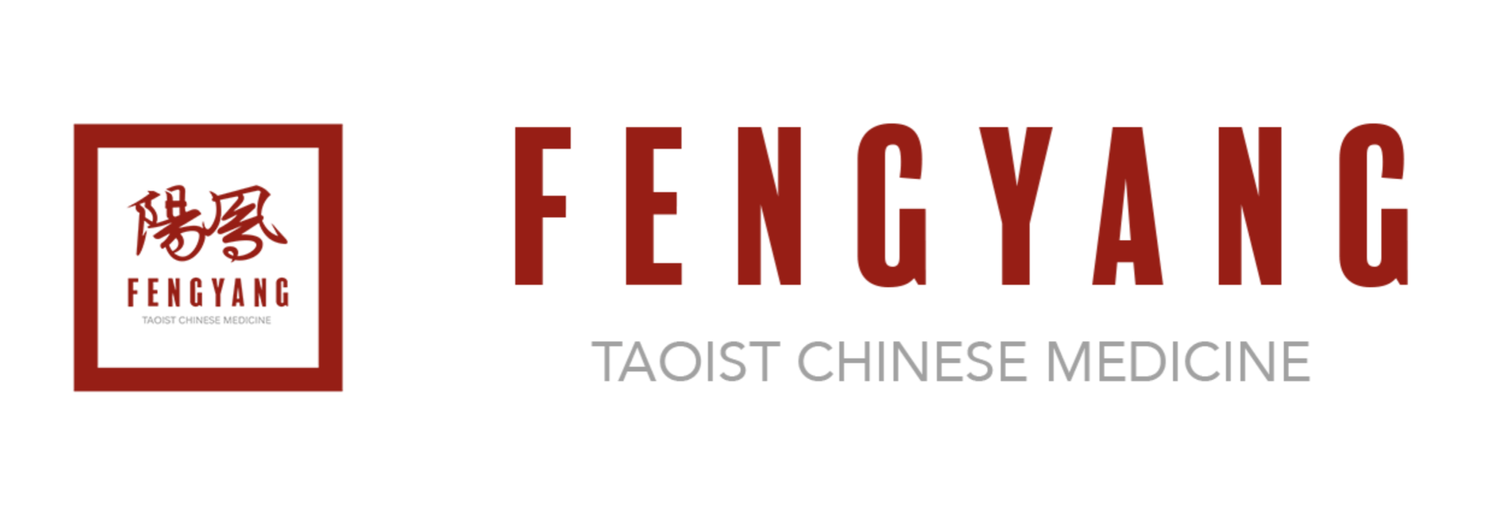The Health Benefits of Ku Ding Cha (苦丁茶)and 20% Off Sale This Month!
Ku Ding Cha is a beverage tea consumed in China as an alternative to the more common, ordinary green tea. Ku Ding describes this particular beverage tea: ku means bitter, which aptly describes the initial taste, and ding is a Chinese character that looks like a spike, depicting the appearance of the dried, long leaves when they are twisted into a narrow nail-like piece; they can also be formed into balls or rolls.
Beneath its bitterness is a gentle herbal, grassy quality and, at the end, a deep, lingering honey-like sweetness that tames much of that bitter bite. This is where Ku Ding Cha gets you, and why it enjoys a small subculture of people who drink it recreationally as well as medicinally.
A single needle/spike is enough for a serving; stick it in the bottom of a large mug and cover it with hot water (the closer to boiling and the longer you brew, the more potent your tea will be). Let the spike unfurl for a couple minutes, then give it a sip and embrace the bitterness in all its glory. As you get more accustomed to its powers, try concentrating the dose by using less water or more tea.
Ku Ding Cha was described in a classical book on Chinese medicinal herbs - Bencao Gangmu Shiyi (1765), originally called Dong Qing, which refers to the fact that it is an evergreen tree (dong means winter, and qing means green; it is the tree that stays green through the winter). The two most common plants used to make kuding are the wax tree species Ligustrum robustum and the holly species Ilex kaushue (synonym: Ilex kudingcha), the former being more commonly grown in Sichuan and Japan while the latter is most commonly grown and used in the rest of China.
Considerable health benefit is attributed to Ku Ding Cha. In traditional Chinese medicine terms, it is used to disperse wind-heat, clear the head and the eyes, and resolve toxin, thus being used for common cold, rhinitis, itching eyes, red eyes, and headache. In addition, it is said to calm fidgets and alleviate thirst, especially when one is suffering from a disease that causes fever or severe diarrhea. It transforms phlegm and alleviates coughing, thus used in treating bronchitis. Finally, it is said to invigorate digestion and improve mental focus and memory.
Modern research suggests that Ku Ding Cha promotes blood circulation, lowers blood pressure, and lowers blood lipids, including cholesterol. It has the reputation of preventing deterioration of the heart and brain function and maintaining proper body weight. The main active components appear to be triterpene glycosides (saponins), which have been dubbed kudinosides and kudinlactones; it also contains polyphenols and flavonoids, somewhat like those found in ordinary tea.
Because of its cooling function, Ku Ding Cha is not suitable for those with low blood pressure, weak digestive system, cold stomach, acid reflux, or for women during pregnancy or have recently given birth or are breast feeding, and for women during menstruation.
Feb. 2019 Special Promotion: 20% OFF Ku Ding Cha!
Do not miss this opportunity: Click here to purchase
References:
http://www.itmonline.org/arts/kudingcha.htm
https://en.wikipedia.org/wiki/Kuding
https://www.saveur.com/ridiculously-bitter-chinese-tea-that-stops-winter-in-its-tracks



